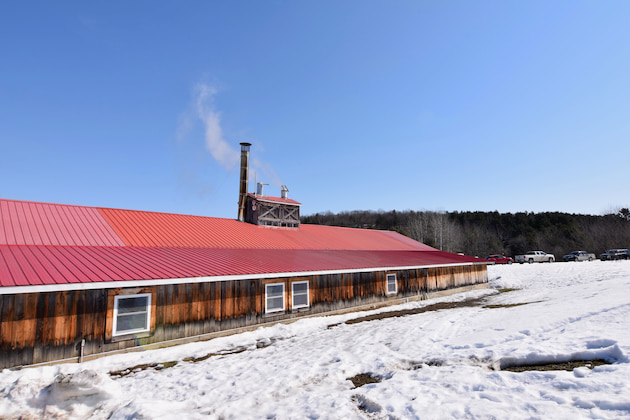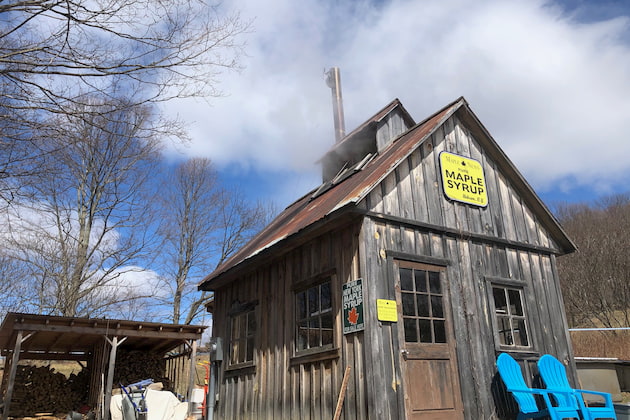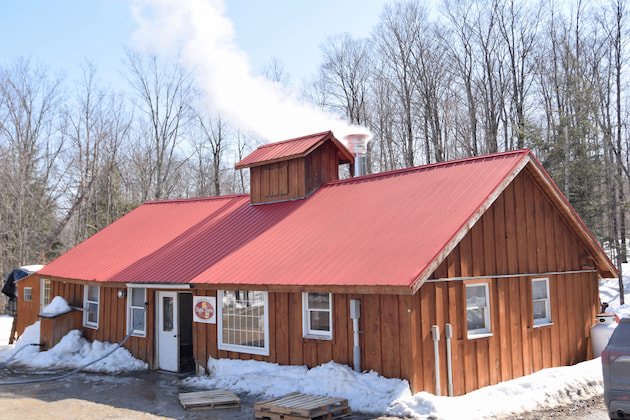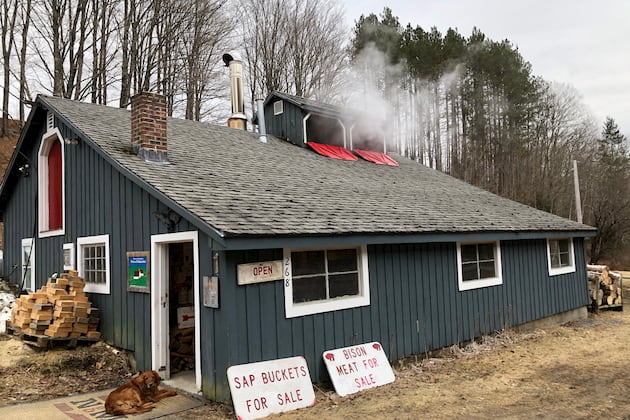Season Summaries
Vermont leads the way as U.S. sugarmakers break production record
4.3 million gallons produced in 2020 season, USDA says
By PETER GREGG | JUNE 14, 2020
HARRISBURG, Pa.—The U.S. broke a syrup production record in the 2020 season, according to the USDA annual syrup production survey.
Combined with the record crop in the province of Quebec, the 2020 season produced the biggest global crop in history.
Sugarmakers in the United States made 4.372 million gallons of syrup, breaking the old record is 4.199 set in the 2018 season.
The USDA survey has been widely questioned over the years, with most industry insiders claiming the report dramatically undercounts production. Still, the report the only official tally of the maple syrup crop.
Leading the way was the state of Vermont, which had its all-time best year with 2.22 million gallons produced. New York was in second with 804,000 gallons made and Maine was third with 590,000 gallons.
Wisconsin’s 2020 maple syrup production was 265,000 gallons, down 5,000 gallons from 2019. The number of taps there decreased by 20,000 in 2020 to 780,000 taps.
Michigan produced 170,000 gallons, the USDA said, down slightly from last year.
In the yield per tap category, Vermont led the way with .361 gallons per tap. Maine was .299 gallons per tap; Michigan was .298, the USDA said.
U.S. producers set 13.5 million taps this year, USDA said.
Other states tallied by the USDA included New Hampshire which produced 154,000 gallons; Pennsylvania which produced 169,000 gallons.
The USDA did not survey Connecticut, Massachusetts, West Virginia, Minnesota, Ohio, Indiana or Michigan.



































